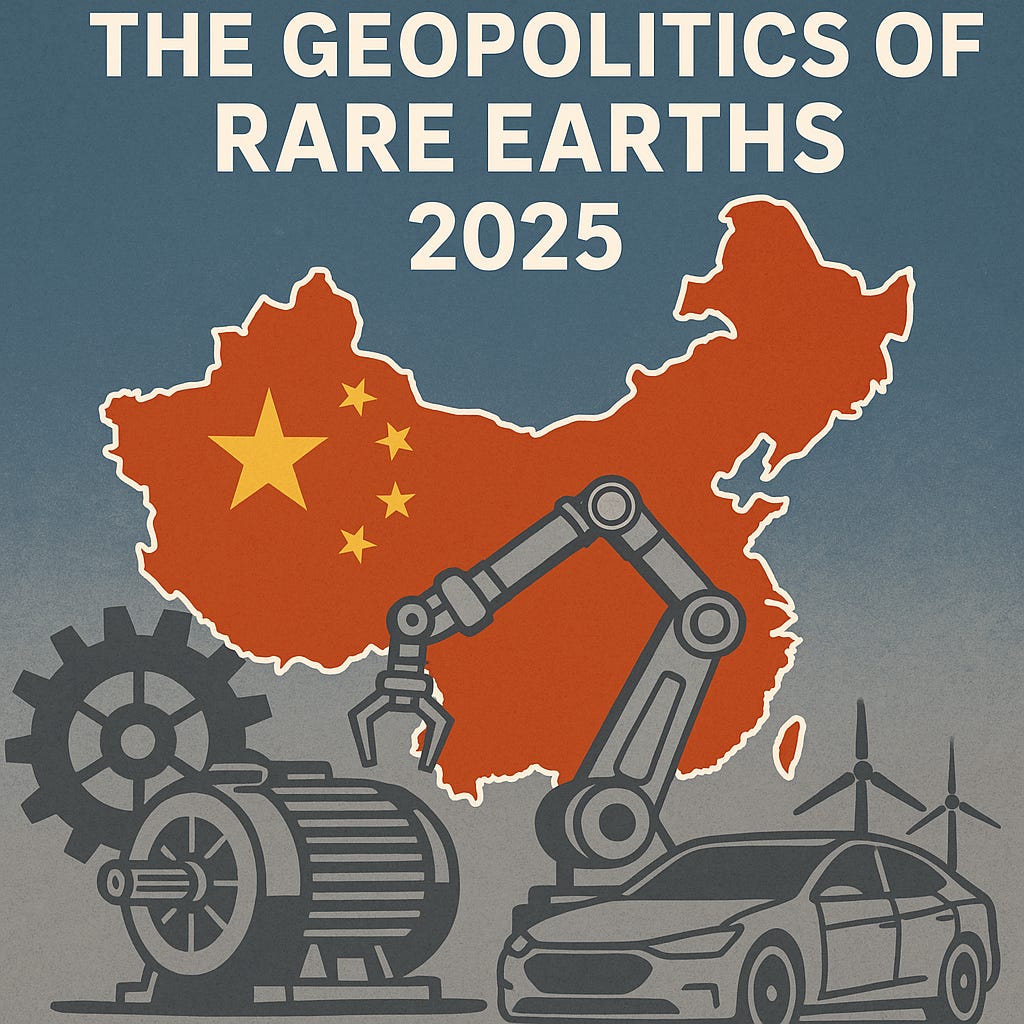In 2025, China’s near monopoly over rare earth elements has transformed global supply chains into instruments of geopolitical influence. The United States and its allies are now racing to reduce their exposure to Beijing’s control over the materials essential to modern industry and defense.
China’s Supply Chain Dominance and Key Elements
Global supply chains are increasingly being redrawn along geopolitical fault lines. The escalating strategic rivalry between the United States and China has politicized trade flows, pushing companies and governments to reorganize sourcing and investment decisions around national security imperatives rather than economic efficiency.
This shift is most visible in the market for rare earth elements, a group of 17 obscure but indispensable minerals embedded in the foundation of high technology manufacturing. Each side holds asymmetric strengths. The United States dominates in frontier technologies such as advanced semiconductors and artificial intelligence, while China controls the raw materials and processing infrastructure that make those breakthroughs function at scale.
Each side possesses what the other lacks, creating a precarious equilibrium built on mutual dependency. This interdependence has turned global supply networks into pressure points, with Washington curbing China’s access to advanced technologies and Beijing countering with control over rare earth exports. What emerges is a brittle balance where trade and security converge, leaving critical supply chains exposed to abrupt disruption from policy choices.
China occupies a commanding position in the rare earth market, controlling not just the upstream extraction but also the downstream processing that turns raw ore into strategic input. By 2022, it accounted for roughly 70 percent of global rare earth mine production and around 87 percent of refining capacity, meaning even material extracted elsewhere is often routed through Chinese facilities.
This dominance is no accident. It stems from decades of state-backed investment, cost suppression, and a tolerance for environmental degradation that disincentivized rivals. Beijing’s influence now spans the entire value chain, from raw mineral extraction to advanced magnet production. What emerges is not just market dominance but strategic leverage, one that China has exercised before and signals it is willing to use again.
For the United States, China’s dominance in rare earths is not just a trade imbalance but a strategic liability. Roughly 70 percent of U.S. rare earth imports originate from China, far outweighing the smaller contributions of suppliers like Malaysia and Japan.
This dependency leaves critical sectors vulnerable to supply shocks and gives Beijing a lever of geopolitical influence. Rare earths are embedded in both advanced weapons systems and clean energy infrastructure, so any disruption could paralyze key pillars of the American economy and defense base. As competition between great powers intensifies, securing access to these inputs has become as vital as cost efficiency, placing rare earths at the center of a broader contest over industrial resilience.
China’s outsized role spans every stage of the rare earth supply chain, from extraction to end use. On the upstream side, Chinese mines and those under its effective control in neighboring countries produce the bulk of the world’s rare earth ore. In 2022, China mined an estimated 210,000 metric tons of rare earth oxides, accounting for roughly 70 percent of global output.
While countries like the United States, Australia, and Myanmar contribute to production, none approach China’s scale. More critically…
Keep reading with a 7-day free trial
Subscribe to Pantheon Insights to keep reading this post and get 7 days of free access to the full post archives.




